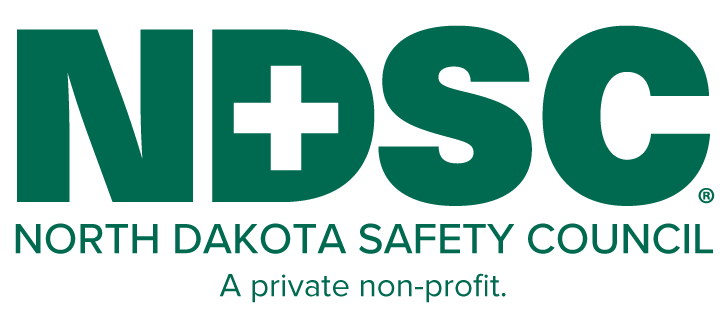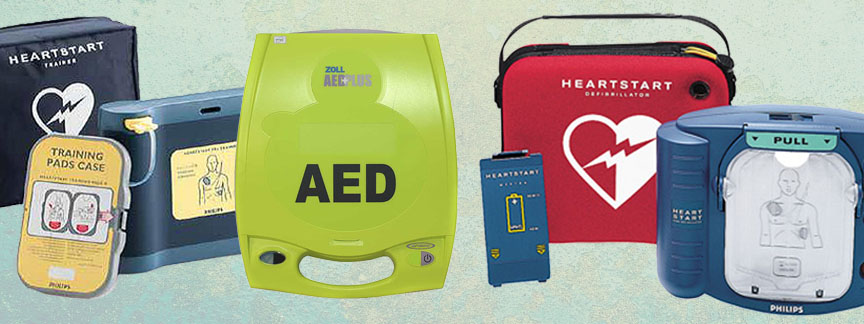You Wouldn’t Buy Cheap Tools…So Why Buy Cheap AEDS?
Often forgotten, neglected, or even put off as something that won’t be needed, first aid kits and AEDs are a necessity and a requirement in the workplace.
Often, we gamble, thinking an injury won’t happen today or even at my workplace. Know that anytime there is the potential for injury in the workplace, eventually, that “potential” will create an incident. It may not be today or even on your work shift but eventually it will happen.
The answer to this is making preparation part of your company culture. I often tell my students that first-aid training, equipment and supplies are the “firewall” to your safety program. We can create the best safety program on the planet, but injuries will still happen. I can also promise you that medical emergencies know no boundaries. A safety program will not prevent heart attacks, diabetic reactions, seizures, or a litany of other medical emergencies that can occur in the workplace.
First-Aid Kits
Most of us know that first-aid kits are an OSHA requirement for the workplace. Likewise, you are probably familiar with the ANSI type A and type B requirements and differences. Class A kits are suitable for small workplaces and for most minor wounds & injuries. The later of these two options is the ANSI type B first-aid kit. Typically, these are a wall-mounted cabinet and designed for a high-density workplace with the potential for complex or high-risk injuries, such as factories or warehouses.
But when was the last time you sat down and looked at the difference in contents between the type A and Type B kits? What you will find is that outside of a tourniquet and a 4” roller bandage in the type B cabinet, the contents are identical. The only difference in the remaining contents, is the numbers of each item. The type B cabinet will have significantly more. The ANSI type B kit does not provide you with any special supplies outside of these two items.
For those of you who have met me, you know of my background in the emergency medical world. I have seen the results of the “potential for injury” show up in the workplace all too often. I can also promise that large injuries require large dressings. That 5×9 dressing or ABD trauma pad in your first aid kit will seem small while you are dealing with a crushed hand or foot of a co-worker. We need to be smart and take a hard look at our potential for injury and prepare accordingly.
Companies that manufacture first aid kits are in the business of making money, and you can anticipate some supplies being less than quality. No one likes working with cheap tools when we repair something, so why would we look at our lifesaving tools differently? Your first-aid kits may need to be augmented with these quality items: gloves, tourniquets and trauma dressings that are of professional quality.
- First, a quality combat application or CAT tourniquet is a crucial upgrade for your first-aid cabinet in any environment where there is risk of crushed or amputated extremities. We only have so much blood in a body and aggressive bleeding control saves lives. A quality tourniquet is easier to work with, faster to apply and more effecting at controlling life-threatening bleeds.
- Gloves are required PPE for every first-aid kit. Know what size and type of gloves came with your kit. The time to discover your gloves are junk or won’t fit your staff isn’t during an emergency. Make sure that you have gloves that fit your staff and are of good quality. Many first aid kits will come with vinyl or latex gloves, neither of these are acceptable in the medical world. At a minimum, medical gloves should be exam-grade nitrile and range from 4 to 6 mils in thickness and be about 9.5 inches in length. In an emergency setting I prefer a high-risk nitrile glove with 8 mil thickness. Remember all types of gloves are prone to break-down over time. Nitrile gloves should be stored where they are not exposed to electrical equipment that can generate ozone or UV light such as that from florescent bulbs.
- As stated earlier, large injuries require large dressings. The largest dressing in a commercial first-aid kit is typically a 5”x9” or ABD dressing. This dressing is a nice size for 2-3-inch lacerations that will require stiches. However, if you have potential for life threatening bleeds, consider augmenting your first-aid kit with a multi-trauma dressing or two. Generally costing about $5 each, a multi-trauma dressing measures 12”x 30” and offers greater absorbency and coverage for large or deep injuries that may require aggressive bleeding control. Keep in mind that typically dressing do not have expiration dates. If they remain sealed and are without damage or discoloring, they are safe to use.
Automated External Defibrillators
Arriving in the workplace back in the 1990s, AEDs are now very common and are considered just as essential as a fire extinguisher. I often tell my students that having an AED nearby is the difference between a really bad day at work and a day at work you will celebrate for the rest of your life.
For many locations that have them however, they are often installed and rarely maintained. Imagine needing to use your AED during a cardiac arrest only to discover a dead battery, dried out pads, or a missing razor. The survival rate of your customer or co-worker just went from 95% to 6%.
AED usage combined with CPR saves lives. The survival rate of a patient defibrillated within the first 3 minutes of a cardiac arrest approaches 95%. However, periodic inspection and replacement of batteries and pads on a regular basis is necessary. AED inspections should be assigned to a staff member and performed monthly to ensure your units are functioning properly and are in a ready state.
Larger buildings and jobs sites may require more than one AED. A good guideline is to have an AED positioned within a 3-minute round-trip walk from any location in a building or on a job site. Ensure that AEDs are positioned in locations where they are visible to your staff. Bathroom corridors and breakrooms make good locations.
Prepare Accordingly
Being prepared requires assessing your workplace risk for both traumatic injuries and medical emergencies. Employees need to not only be trained in first-aid, but then need to practice responding to and coordinating emergencies in the workplace. To speed access to patients, include cardiac arrest drills as part of your safety training. Allow employees to utilize an AED trainer that matches your real unit, and make sure they become familiar with building entrances so they can quickly guide emergency personnel. Will an ambulance cot fit in your building’s elevator or will EMS staff need to use the stairs? Thinking things through ahead of time and planning for emergencies will not only make for a smooth event, but it may also save somebody’s life.
If you have questions about your first aid kit, AED or other emergency equipment, feel free to contact Sarah McKenna.
Sarah McKenna
First Aid Manager
dl: (701) 751-6110
ph: (701) 223-6372
tf: (800) 932-8890
sarahm@ndsc.org






